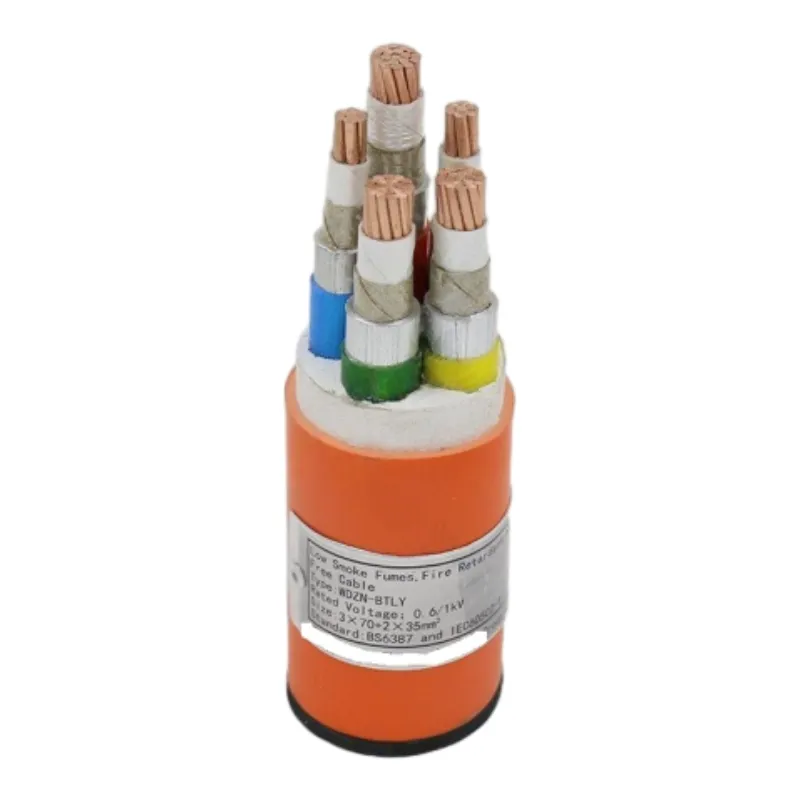दिसम्बर . 23, 2024 08:23 Back to list
cast iron foot valve
Cast Iron Foot Valves Essential Components for Efficient Water Management
In the realm of hydraulic engineering and water management systems, the cast iron foot valve is an essential component that plays a crucial role in ensuring effective operation and longevity of pumps. This article delves into the significance, functionality, and advantages of using cast iron foot valves in various applications.
What is a Cast Iron Foot Valve?
A cast iron foot valve is a type of check valve typically placed at the bottom of a suction line in water pumping systems. Its primary purpose is to allow water to flow into the pump while preventing backflow when the pump is not in operation. This functionality is vital in maintaining the prime of the pump, thereby ensuring efficient performance.
Importance in Water Management Systems
Foot valves are often utilized in applications such as irrigation, drainage systems, and industrial processes where water needs to be efficiently moved from one location to another. By preventing backflow, foot valves help maintain the necessary pressure within the system, ultimately conserving energy and reducing wear and tear on the pump. Without a functioning foot valve, a pump would be forced to refill with water each time it stopped, leading to increased energy consumption and potential damage due to dry running.
Design and Construction
Typically made from cast iron, these valves are known for their durability and strength. Cast iron construction allows foot valves to withstand harsh conditions, such as high pressure and fluctuating temperatures. The heavy material provides stability, which is critical when installed in underwater applications. Moreover, cast iron valves are often coated with corrosion-resistant materials to enhance their lifespan, particularly in environments where they are submerged or exposed to moisture.
cast iron foot valve

Foot valves are designed with a strainer at the inlet, preventing debris and sediment from entering the pump system. This feature is essential for protecting the pump from damage and ensuring optimal operation. The strainer design varies depending on the specific application, but it generally employs a mesh or perforated configuration to allow for efficient water flow while filtering out unwanted particles.
Advantages of Cast Iron Foot Valves
1. Durability Cast iron is renowned for its strength and resistance to wear, making it well-suited for long-term use in challenging conditions. 2. Corrosion Resistance Many cast iron foot valves are treated with protective coatings that help prevent rust and degradation, extending their operational life, especially in wet environments.
3. Cost-Effectiveness While the initial cost of cast iron foot valves may be higher than alternatives, their durability and low maintenance requirements often result in lower lifetime costs.
4. Efficient Performance By maintaining the prime of the pump and preventing backflow, cast iron foot valves enhance the overall efficiency of pumping systems, reducing energy consumption.
5. Versatility Cast iron foot valves can be used in a wide range of applications, from residential irrigation systems to large-scale industrial water management projects.
Conclusion
In summary, cast iron foot valves are indispensable components in various water management systems. Their robust design, durability, and efficiency greatly contribute to the performance of pumps and overall water control solutions. When selecting a foot valve, it is essential to consider the specific requirements of the application, including flow rate, pressure levels, and environmental conditions. By investing in a quality cast iron foot valve, end-users can ensure reliable and efficient water management for years to come.
Share